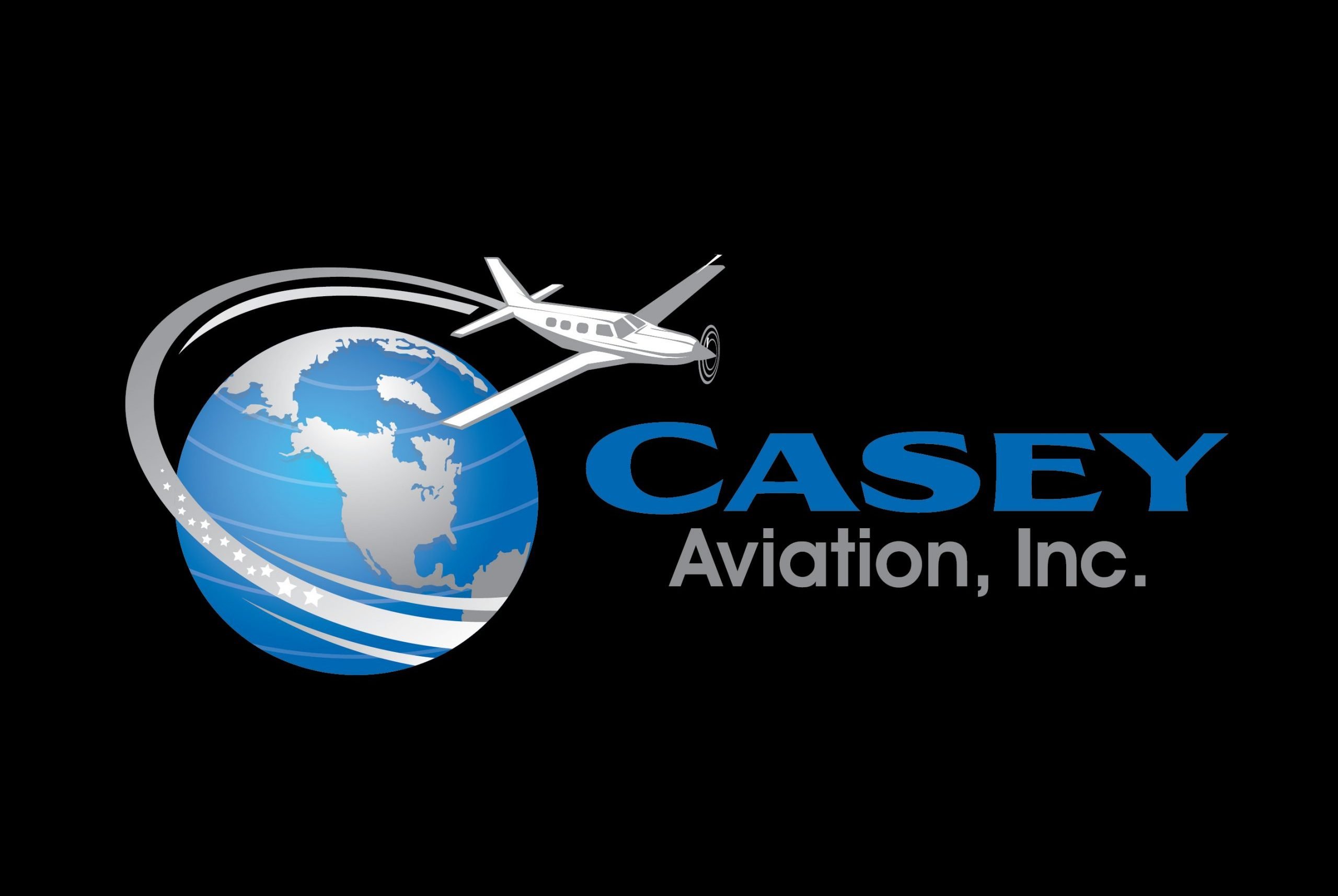Bottom line forward…I really like the -21 Jetprop Conversion! There are usually not very many of these conversions on the market, but one does show up every now and then. When it does, I get a lot of questions from prospective buyers, most wanting to know if the -21 is “worth owning”. My usual response is, “Absolutely!” But, as is true with most aircraft purchase decisions, “he with the most information usually wins.” With three variants of Rocket Engineering’s popular Jetprop Conversion, there seems to be a lot of confusion amongst the uninitiated and the -21 Conversion is certainly the most misunderstood of the Jetprop conversion. So, it seems appropriate for me to leap into the gap and post my thoughts on the -21.
A little history…the -34 was the first Jetprop conversion in the late 1990’s and when it became available it was the best of the best. It performed well and was popular and was a really good conversion. But, since the -34 is an engine designed for the lower altitudes (originally developed for the helicopter market and crop-duster market), some of the -34 conversions did not perform as-advertised at high altitude (the late Lyn Amestoy, a great salesman at Rocket Engineering who regrettably passed away in an accident in mid-2015, told me that about 10% of the -34’s performed “less than ideally at high altitude”, suffering a slightly lesser cruise speed). The compressor section was deemed the culprit of the lack of power at altitude, so the -35 engine was offered (the -35 is generally the same as the -34 except the -35 has better aerodynamics in the compressor section). The -35 became the benchmark for the Jetprop conversion, replacing the -34. The -21 was introduced in the early 2000’s as a cheaper option for those that wanted a Jetprop, but were interested in preserving cashflow. So, today you can only purchase a -21 Conversion or a -35 Conversion from the factory in Spokane. Without a doubt, the -35 Conversion is the most popular of the conversions offered today. Effectively, the -34 and -35 Conversions provide the same performance, so I will contrast the -34/35 collectively with the -21 in this discussion.
The “dash number” for a PT6 engine relates generally to the size of the engine and the amount of air that can be forced through the compressor section. That may be a bit of an over-simplification, but it’s a general good rule of thumb. The fuel/air ratio that is burned in a PT6 engine is the same at any altitude. So, the more air that can be forced through the compressor the more fuel can be burned and more power is generated. All of these engines perform well at lower altitudes since there’s plenty of available air density, but that changes as altitude is increased. Effectively, the -21 performs nearly identically to the -34/35 at low altitude. But, at high altitude (with the less dense air), the smaller -21’s power drops off quickly.
Comparatively, the -21 and the -34 will climb from sea level through 12,000 MSL at about the same time since both are “torque limited” through 12,000 MSL…the -34/35 will beat the -21 in most instances, but not significantly. But, as the climb continues (and it almost always does continue in the Jetprop since the airplane performs so well at high altitude), the -34/35 will outpace the -21. A turbine engine is normally “torque limited” at lower altitudes and “temp limited” at higher altitudes. During takeoff, a turbine pilot will keep a keen eye on the torque gauge, with little care for the ITT knowing that the ITT (temp) will be low (usually, unless there’s an anomaly). But, as the climb continues, the ITT increases and the torque decreases. Where this switch occurs is usually observed by the pilot so he monitors the correct limiting factor. Here’s the point…the -21 becomes “temp limited” (meaning the torque is now decreasing for the rest of the flight) at about 12,000 MSL (in most situations) and the -34/35 becomes “temp limited” at about 15,000 MSL. So, the -34/35 will comparatively produce more power than the -21 as the altitude is increased, and this results in a better climb rate and faster cruise, but it also results in higher fuel consumption.
As the -34/35 goes through FL180, the average rate of climb (ROC) is about 1,200 FPM; as the -21 goes through FL180, the average ROC will be about 900 FPM. As the climb continues, the -34/35 will average about 1,000 FPM ROC through FL230 and the -21 will be at about 700 FPM. At the very top of the climb (near FL270), the -34/35 will still be climbing at 800 FPM, and the -21 will eek out 500 FPM. So…the -34/35 should beat the -21 to FL270 by a 2-3 minutes, easy. Is that a big deal? Not in my book. In fact, the -34/35 has a STELLAR climb rate throughout the climb, and the -21 has a very acceptable ROC throughout the climb. In the grand scheme of things, the ROC is just not a huge deal with either the -34/35 or the -21.
The additional horsepower available that was used for the climb is turned into forward speed in cruising flight. The -34/35 will cruise at 260KTAS (average) at FL270, and the -21 will cruise at about 243 KTAS (average) at the same altitude. But, the -34/35 will burn between 32-33 Gallons Per Hour (GPH) at FL270 and the -21 will burn about 28 GPH at the same altitude. Does the additional speed of the -34/35 translate into a meaningful lessening of flight time? To answer that question, I turn to www.fltplan.com which has templates for both the -21 and -34/35 conversions (incidentally, I use fltplan.com for all of my flight planning, mainly because they have SUPER-accurate fuel-burn calculations as they use ACTUAL forecast winds in the flight time/fuel burn analysis). I planned a flight from Dallas, TX (DFW) to Nashville, TN (BNA) and found the following results on this 549NM flight (using current weather on the day of writing this article):
- -21 = 2’24” burning 76.9 gallons of Jet-A
- -34/35 = 2’15” burning 75.8 gallons of Jet-A
So, the fuel burn is nearly identical, and the -34/35 arrives 9 minutes earlier. To my way of thinking, 9 minutes doesn’t move the needle very far on a flight of that length. That’s just not enough of a time consideration to make a huge difference. Is there a big difference on a shorter flight? Here’s the calculations for a flight from DFW to HOU (Houston, TX) on the same day using the same weather:
- -21 = 1’12” burning 43.3 gallons of Jet-A
- -34/35 = 1’09” burning 40.5 gallons of Jet-A
On this shorter flight, the -21 arrives only 3 minutes later than the -34/35 and burns a comparatively equal amount of fuel. My point…the slightly slower speed of the -21 translates into only a nominal flight time penalty. To me, the -21 is just as solid a cross-country machine as the -34/35.
Concerning comparative costs, there are two variables to consider: initial acquisition costs and engine reserve costs.
- Initial acquisition costs: The -21 conversion costs about $70k less than a -35 conversion when initially installed, so it inherently will demand a lesser price at sale later in the airplane’s life. Sometimes an early Malibu will be converted to a -21 Jetprop, and these airplanes can be real values on the marketplace (low purchase price and high useful load). If you want to buy a Jetprop and want to limit the cash flow, the -21 can be a real contender for your dollars.
- Engine Reserve Costs: The -21 (3,600 hour TBO) will cost the least to overhaul as compared to the -34 or -35, especially the -35. The -34 has a 4,000 hour TBO, so it arguably could be comparative to the -21 engine reserve costs, but the -35 (with it’s extra stage of axial-flow compressor blades and 3,600 hour TBO) will cost more. What’s the true engine reserve on these engines? Well, your guess is as good as the next guy’s…as there has not been a Jetprop that has hit TBO yet. But, almost assuredly the -21 will be the cheapest to overhaul, and consequently have the lowest engine reserve costs. Also, with the -21 engine being found on thousands upon thousands of King Air C90 airplanes (2 engines per airplane) being built over the last 4 decades, there’s plenty of shops that have vast experience with the -21 and parts are simply not a problem. The -21 engine is considered to be bulletproof and easy to manage/maintain.
There’s is one disadvantage to the -21…the market does not favor the -21. I think it is simply “numerical prejudice”, but the -21 is less popular. What is “numerical prejudice”? Most buyers don’t understand the differences between the Jetprop variants, but they do know that 35 is a bigger number than 21, and therefore it must be better, right? Well, not always. Buyers of a Jetprop value speed and many simply don’t understand buying anything that is “slower”. And, remember…”power is always popular”. Most Jetprop buyers are previous owners of piston PA-46’s and love their piston steed, but they always dream of the day they can afford a turbine, and want the “most power they can buy”. So, although there are fewer -21 Jetprops on the market, there are certainly fewer buyers for the -21 than for the -35. Is this appropriate? Probably not, but it is reality.
Buyers of the -21 become aware of the lack of any consequential differences in performance and are therefore happy to buy a – 21 if it is available. They tend to know what they are looking for and will pounce when they see the right -21 with the right “desirable” characteristics (good maintenance lineage, avionics, paint/interior, useful load). -21 Jetprop owners tend to become some of the most vociferous supporters of their purchase decision to own one of these incredible airplanes, and tend to own them a LONG time. The -21 is certainly the cheapest turbine to acquire/operate, and owners become rightfully passionate. But, it sometimes takes a low price or a knowledgable buyer to jump into the -21 market, especially if other -34/35 offerings are available.
Care to join the -21 owners club? I fly all of the Jetprop variants frequently and I’d CERTAINLY buy a -21 if I were shopping for a Jetprop. To me, the biggest consideration when buying a Jetprop…any Jetprop…is the purchase price, maintenance history, avionics, interior/paint quality, and engine time…not the engine type. I’d take a nice, well-maintained -21 any day over a less-than-stellar -34/-35. In today’s market, good Jetprop’s tend to sell VERY quickly, often never being advertised on Controller or TAP. So, don’t hesitate if you find a good -21 on the market. These airplanes are still Jetprops and are fabulous airplanes for the pilot that values efficiency.



